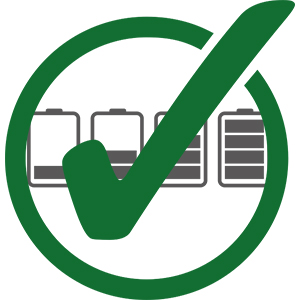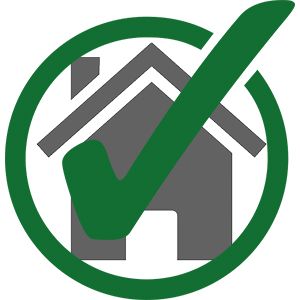
When a Winter Storm ADVISORY or WATCH is Issued
Develop a plan. Prepare a winter storm plan and disaster supply kit for your home, pets, and car.
Prep your home. Insulate your home. Have chimneys, furnaces, and smoke detectors inspected. All fuel-burning equipment should be vented to the outside.
Prep your family. Ensure that each member of your household has a warm coat, gloves or mittens, scarf, hat, and water-resistant boots. Keep extra blankets.
Prep your car. Check the heater, brakes, oil, flashers, antifreeze, and battery. Replace worn tires and fill low tires with air. Keep the gas tank near full. Pack a windshield scraper, shovel, tire chains, and jumper cables.

When a Winter Storm WARNING is Issued
Be alert. Listen to local radio, TV stations, or apps for further updates. Be alert to changing weather conditions such as blowing debris.
Get to shelter. Let someone know your destination, your route, and ETA. Avoid ice-covered roads, overpasses, and bridges if possible.
Execute home preparations. Bring inside any pets, plants, etc. that may not survive the frigid temperatures. Gather your disaster supply kit. Leave water taps slightly open to prevent freezing.
Take precautions if going outdoors. Dress in layers. Wear fabrics that will hold body heat like wool and fleece. Ensure that your head, mouth, and extremities are covered. Walk carefully on snowy, icy, sidewalks.

